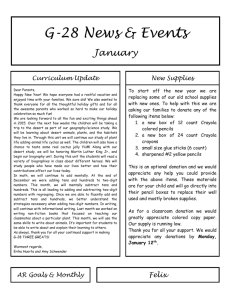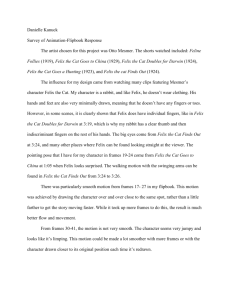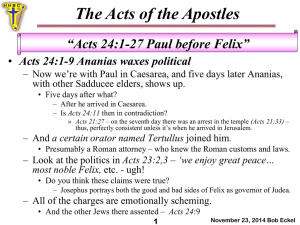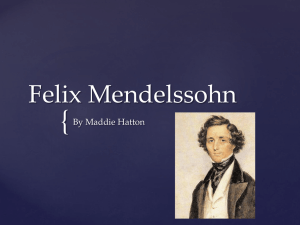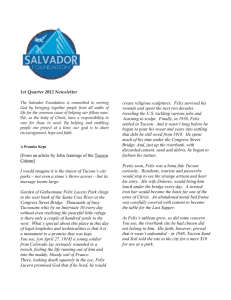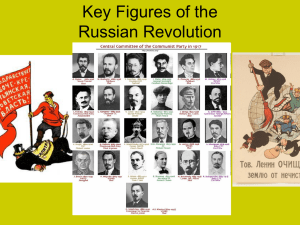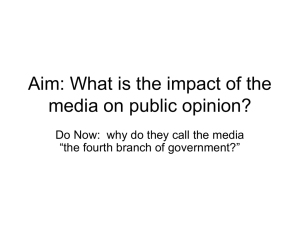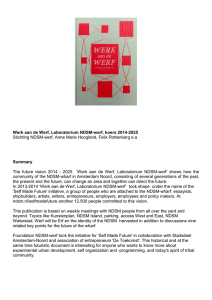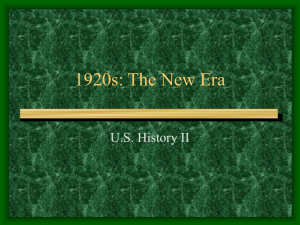Felix case study
advertisement
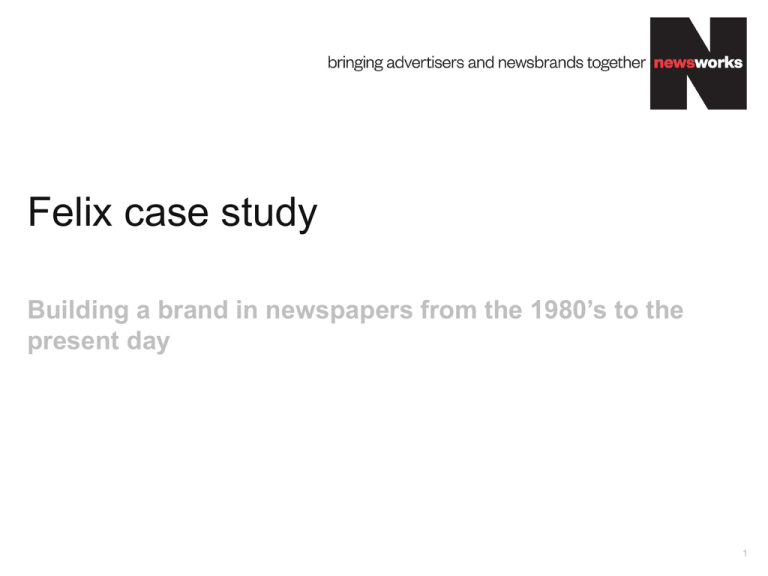
Felix case study Building a brand in newspapers from the 1980’s to the present day 1 Felix’s ninth life… Background and objectives • In the 1980’s Felix was a minor player in UK cat food market. • Whiskas had 50% market share versus Felix at 6%. • By 1989 the brand was in crisis and facing de-listing. • Quaker (owners of Felix) decided to re-launch the product with three new flavours, a new can and support of Felix’s first ever advertising campaign. Source: summarised from case history written by Les Binet and Richard Butterworth of BMP DDB • Felix’s budget for year one was £250k compared to Whiskas £10m a year spend. • Whiskas was spending the equivalent of Felix’s annual budget every eight days. • The aim was to increase market share to 10% in two years and stop delisting. • The advertising needed to work very hard to achieve the brand’s growth targets in face of such intense competition. The birth of Felix Strategy • The persistent advertising image was of the “perfect”, spoiled, pedigree cat. • Research uncovered the gap between the perfect Whiskas cat and how people really felt about their pets: – “He's an absolute nutter, he terrorises other cats.” – “They're mischievous, aren't they? Whatever you're doing they'll come and mither you.” • ... And so, Felix the cat was born. 3 Why national newspapers? Media and creative rationale • Quaker’s creative agency BMP DDB decided that newspapers were the most efficient medium: – TV saturated with cat food ads and nobody was using newspapers – Felix would therefore achieve stand out. – Stand out would be enhanced by the cartoon style and look very different to the usual cat food glossy photos. – The low cost of advertising versus TV allowed for yearround coverage Why national newspapers? Media and creative rationale • Small, mono spaces enabled flexible positioning so the ads could pop up in unusual places reflecting the brand’s personality. • Low production costs made it possible to run many executions keeping the campaign fresh and giving it big brand feel. • Newspapers allowed Felix ‘hitch a ride’ on topical issues of the day. Instant and rapid sales increase Results • As soon as first newspaper ads appeared, sales began to rise and keep rising: – 60% sales increase over the first two years, making Felix the fourth fastest growing grocery brand in any category. – the target of 10% share was met eight months ahead of schedule. – econometric analysis showed that advertising reduced price sensitivity so Quaker were able to increase price of product. – de-listing threat removed and Felix achieved increased shelf space. Newspapers the most important factor Econometric analysis • Product and packaging changes played a role in Felix’s success but analysis showed the greater impact of newspaper advertising: – The timing of the sales growth matched the timing of ads to the month, whereas the new can and flavours launched months earlier – Econometrics showed newspaper advertising was the biggest factor in driving sales and distribution growth. …and Felix climbed all the way to the top! Longer term results • Higher sales revenues provided extra advertising budget to extend the campaign to more newspapers, TV and posters. • Sales quadrupled and Felix displaced Whiskas as number one brand. Consistent presence in newspapers over the years... …and Felix is still making headlines in 2013 10

